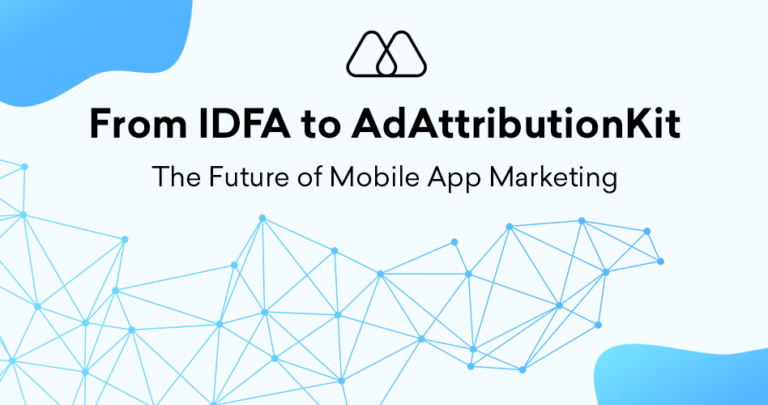In the data-driven world of mobile app advertising, campaign measurement is paramount. Tracking parameters, often called UTM parameters, act as invisible workhorses behind the scenes, providing crucial insights into campaign performance and user acquisition effectiveness. This article delves into the functionalities of tracking parameters within the mobile advertising ecosystem and how to leverage them to optimize your campaigns for success.
What are Tracking Parameters (UTM Parameters)?
Tracking parameters, also known as Urchin Tracking Module (UTM) parameters, are code snippets appended to the end of a URL. These parameters capture specific data points about user interactions with your ad, allowing you to track campaign performance across various channels and platforms.
Here’s a breakdown of the most common UTM parameters:
- utm_source: Identifies the traffic source, such as a specific ad network, website, or email campaign.
- utm_medium: Specifies the advertising medium used, like “CPC” (cost-per-click) or “email.”
- utm_campaign: Designates the specific marketing campaign the ad belongs to.
- utm_content: Allows further campaign differentiation within the same medium (e.g., ad creative A vs. ad creative B).
- utm_term: Primarily used for paid search campaigns to track specific keywords that triggered the ad.
Benefits of Utilizing Tracking Parameters
Tracking parameters offer several advantages for mobile app marketers:
- Granular Campaign Analysis: UTM parameters enable you to track data beyond just app installs, providing insights into user behavior within the app post-install (e.g., in-app purchases, completed actions).
- Multi-Channel Attribution: By using consistent UTM parameters across different marketing channels, you can understand how various touchpoints contribute to user acquisition and identify the most effective channels for your app.
- Campaign Optimization: Data gathered through tracking parameters allows you to optimize campaigns based on performance. You can identify high-performing channels, adjust budgets accordingly, and refine ad creatives for better results.
- Return on Investment (ROI) Measurement: UTM parameters assist in calculating campaign ROI by providing data on user acquisition costs and subsequent in-app revenue or other valuable user actions.
Implementation and Best Practices for Tracking Parameters
Here’s how to implement tracking parameters effectively in your mobile app advertising campaigns:
- Utilize a UTM Tag Generator: Several online tools can simplify UTM parameter generation, ensuring proper syntax and structure for accurate data collection.
- Maintain Consistent Naming Conventions: Develop a clear and consistent naming convention for your UTM parameters across all campaigns for easier data analysis.
- Track Beyond Installs: Go beyond just tracking app installs. Use UTM parameters to understand user behavior post-install and identify valuable user actions within your app.
- Leverage Analytics Platforms: Integrate your UTM parameters with your mobile app analytics platform for comprehensive campaign performance reporting and data visualization.
Challenges and Considerations
While valuable, tracking parameters come with a few challenges:
- Data Accuracy: Inaccurate UTM parameter implementation can lead to skewed data and hinder effective analysis.
- Limited Click Attribution Models: Most attribution models only credit the last touchpoint (the ad directly leading to the installation) and may not reflect the multi-touch nature of user journeys.
- Privacy Regulations: Evolving privacy regulations like GDPR and CCPA may impact data collection practices and require user consent for specific tracking activities.
5 Key Takeaways from Tracking Parameters
- Invisible Workhorses of Measurement: UTM parameters provide crucial data for mobile app advertising campaign measurement.
- Key Parameters: utm_source, utm_medium, utm_campaign, utm_content, utm_term (focus on the first four for mobile app advertising).
- Benefits: Granular analysis, multi-channel attribution, campaign optimization, ROI measurement.
- Implementation: Use UTM generators, maintain consistent naming, track beyond installs, and integrate with analytics platforms.
- Challenges: Data accuracy, attribution models, privacy regulations.
Tracking parameters are essential tools for any mobile app marketer. By understanding their functionalities, benefits, and implementation best practices, you can leverage them to gain valuable insights into campaign performance, optimize your marketing efforts, and achieve sustainable user acquisition growth for your mobile app.




